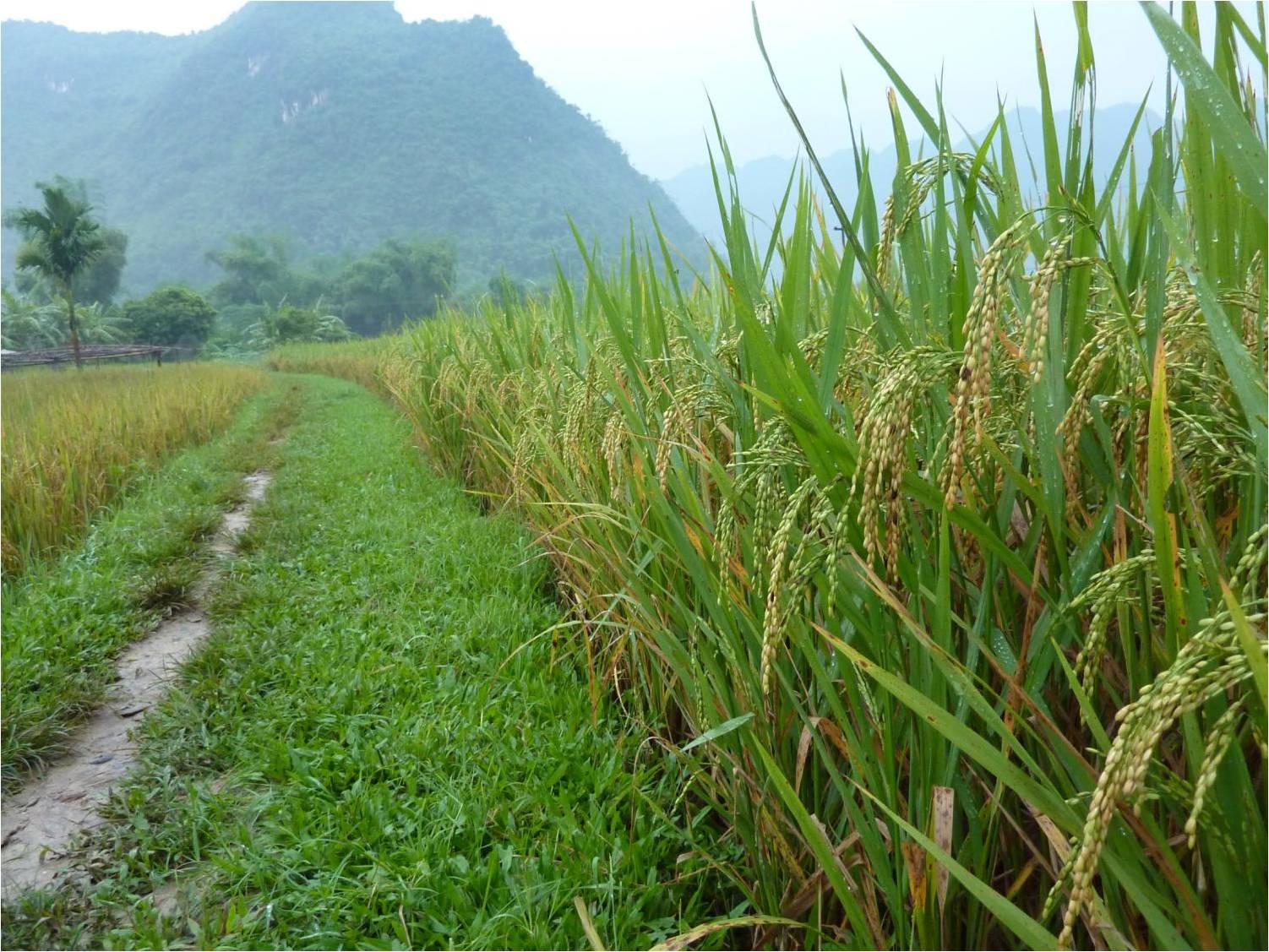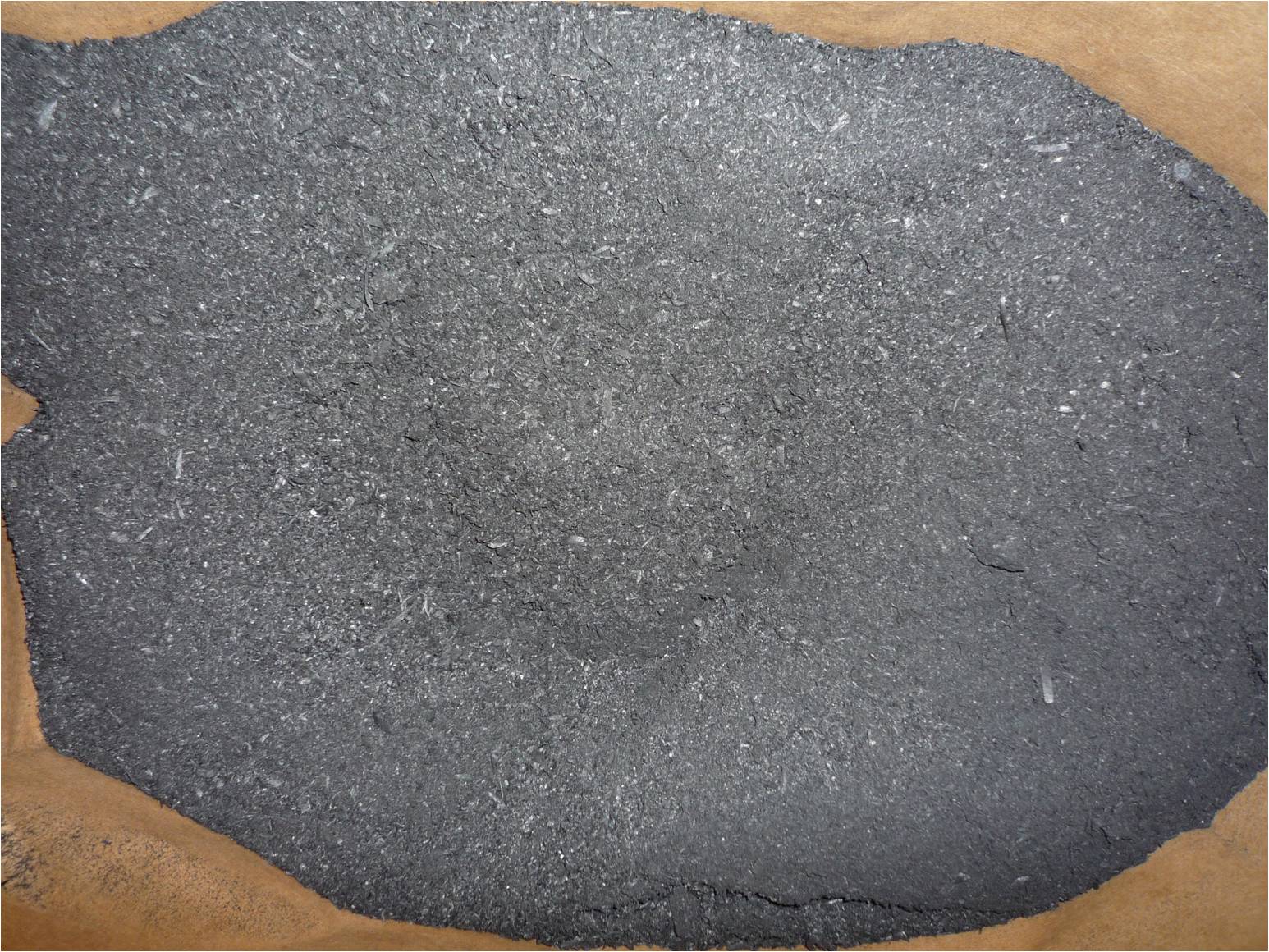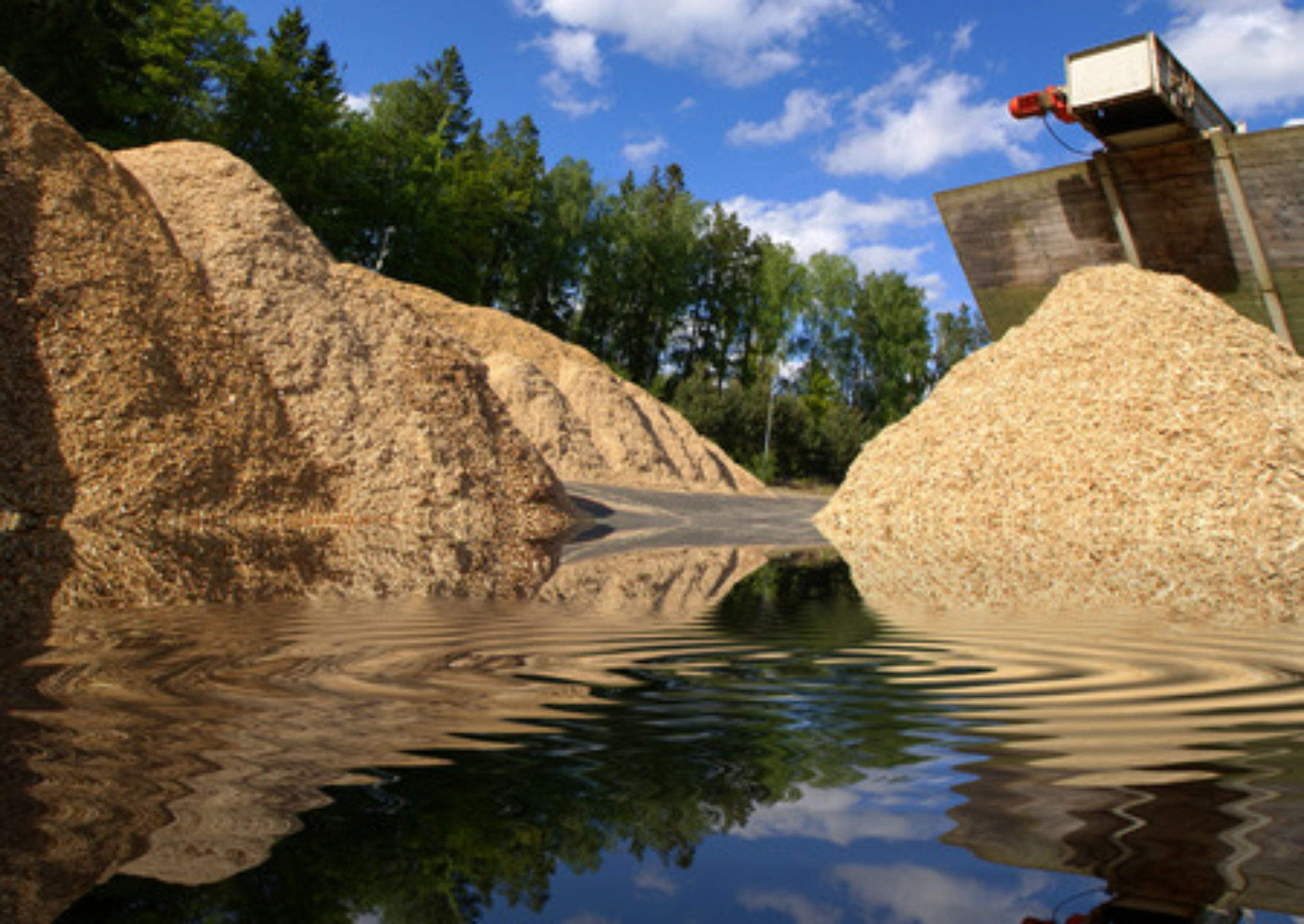Biochar Uses
There are more than 55 known uses for biochar. For all 55 uses, download this seminal Jan 2012 article (PDF). New and innovative applications are showing up all the time.

Here are some of the important uses, organized by application and industry:
In climate change remediation:
The increasing focus on the growing of biomass and turning it into energy and biochar is key to the reversal of climate change. Eliminating emissions is not enough – we must reduce the atmospheric carbon content from 400ppm to 300ppm. There is no magic bullet that will do this for us. We must work in cooperation with Nature to maximize the amount of carbon captured and entering the soil through the production of biochar and placement (sequestered) in soils, used as a filter or other applications.
In soils, forests, agriculture and agroforestry:
Biochar supports and enhances a microbial process known as the Liquid Carbon Pathway (LCP). Biochar promotes this LCP symbiosis between plants and microbes and can be inoculated with beneficial microbes to reseed abandoned and marginal soils that have lost the microbes necessary for this important process (more on this). CDS is focused on the part that our systems play in creating the needed biochar. We are mission-driven to assist our clients with the highest and best use of our equipment and end products.
Industrial Applications
Biochar is an excellent filter for environmental pollutants from water or air. Ask us to explain how this works.
Applications by Industry
In agriculture:
- increase soil productivity while decreasing reliance on synthetic fertilizers
- increase “cation exchange” capacity of soils
- retain more methane and nitrous oxide in the soil — methane is a power Greenhouse Gas, even more problematic than CO2. Escaping N2O is bad for multiple reasons.
- increase soil microbial activity
- increase composting activity
- soil detoxification
- carbon addition
- increases water absorption and retention
Summary of key scientific publications regarding biochar:
| TYPE OF CROP | AUTHORS | LOCATION | TYPE OF SOILS | QUANTITY OF BIOCHAR (T/HA) | YIELD INCREASES (%) |
|---|---|---|---|---|---|
| Rice | Asai et al. | Houay-Khot, Nord du Laos | upland | 8 | 70% |
| Rice | Steiner et al. | Manuas, Brésil | xanthic ferralsol / laterite | 11 | 73% |
| Rice | Masulili et al. | Sungai Kakap, Indonesia | acid sulphate soil | 10 | 93% |
| Rice | Zaitun et al. | Empretring, Indonesia | – | 10 | 57% |
| Sugarcane | Chen et al. | Okinawa, Japan | shimajiri maji (clay) | 7,2 | 78% |
| Tomato | Effah et al. | Kade, Ghana | forest ochrosol | 7 | 177% |
| Cotton | Reddy | Midjil Mandal, Andrha Pradesh, India | alkaline | 3,75 | 100% |
| Cabbage | Carter et al. | Siam Reap, Cambodia | sandy acidic | 100 | 750% |
| Maize | Major et al. | Llanos Orientales, Colombia | savanna oxisol | 8 | 71% |
| Maize | Major et al. | Llanos Orientales, Colombia | savanna oxisol | 20 | 140% |
| Maize | Kimetu et al. | Vihiga, western Kenya | highly degraded ultisol | 6 | 71% |
| Peanut | Islami et al. | Malang, Indonesia | clay loam | 15 | 54% |
| Cowpea | Tagoe et al. | Gifu, Japan | sandy loam | – | 146% |
| Casava | Islami et al. | Malang, Indonesia | clay loam | 15 | 32% |
| Onion | Pro-Natura | Senegal | – | 10 | 50% |
In livestock production:
- feed additive that increases weight gain and health
- litter additive to reduce the affects of ammonia on animal health
- water treatment for animals and fish farming
- reduce odor in livestock manure collection sites and speed up fermentation
- increase value of silage
In the “built environment” — the building and construction sector:
- as insulation
- for air decontamination
- humidity regulation
- protection against electromagnetic radiation
- site remediation / decontamination of earth foundations
In other industries:
- for water or air filtration
- food processing
- pollution barriers
- sewage sludge treatment
- addition to anerobic digesters
- smokestack filters (itself a char or charcoal) that can be refurbished and re-used.
Even if it were not essential for the reversal of climate change, biochar has so many diverse industrial and commercial applications that it isn’t hard to understand why it has become such a growth industry — competing with the (also growing) activated charcoal industry.
Note that activate charcoal or activate carbon can be made from biochar. It is a prized material that, when made from clean biomass, can be ingested as a nutraceutical (dietary supplement), among many other uses. It sells for higher prices than biochar, typically. For example, activated charcoal made from coconut shells was recently selling for $1,650 a ton FOB India, leaving the potential for a good return on biochar and years before supply catches up with demand.
How to make biochar in bulk: contact us

